i4 Product Design was first approached by Reactec in 2016 to assist with some mechanical challenges the company faced when they launched their first wearable version of the hardware design. Naturally, i4pd were later approached with the challenge to undertake a brand new hardware design and associated industrial design for their next generation device.
The company had an aggressive development timeline and we're keen to utilise unreleased hardware components in order to provide the best technical performance from the wearable device. This was all whilst being in the middle of a challenging supply chain environment.
Here’s how we approached the design.
i4pd were approached by Reactec to design the hardware and mechanical enclosure of the second-generation version of their HAVs monitoring device. The R-Link watch is a wearable device serves a multitude of purposes, but its main aim is to measure and warn wearers of unsafe levels of vibration experienced when using machinery. It integrates into the company's R-Link system of beacons and gateways were additional H&S data is also captured and monitored.
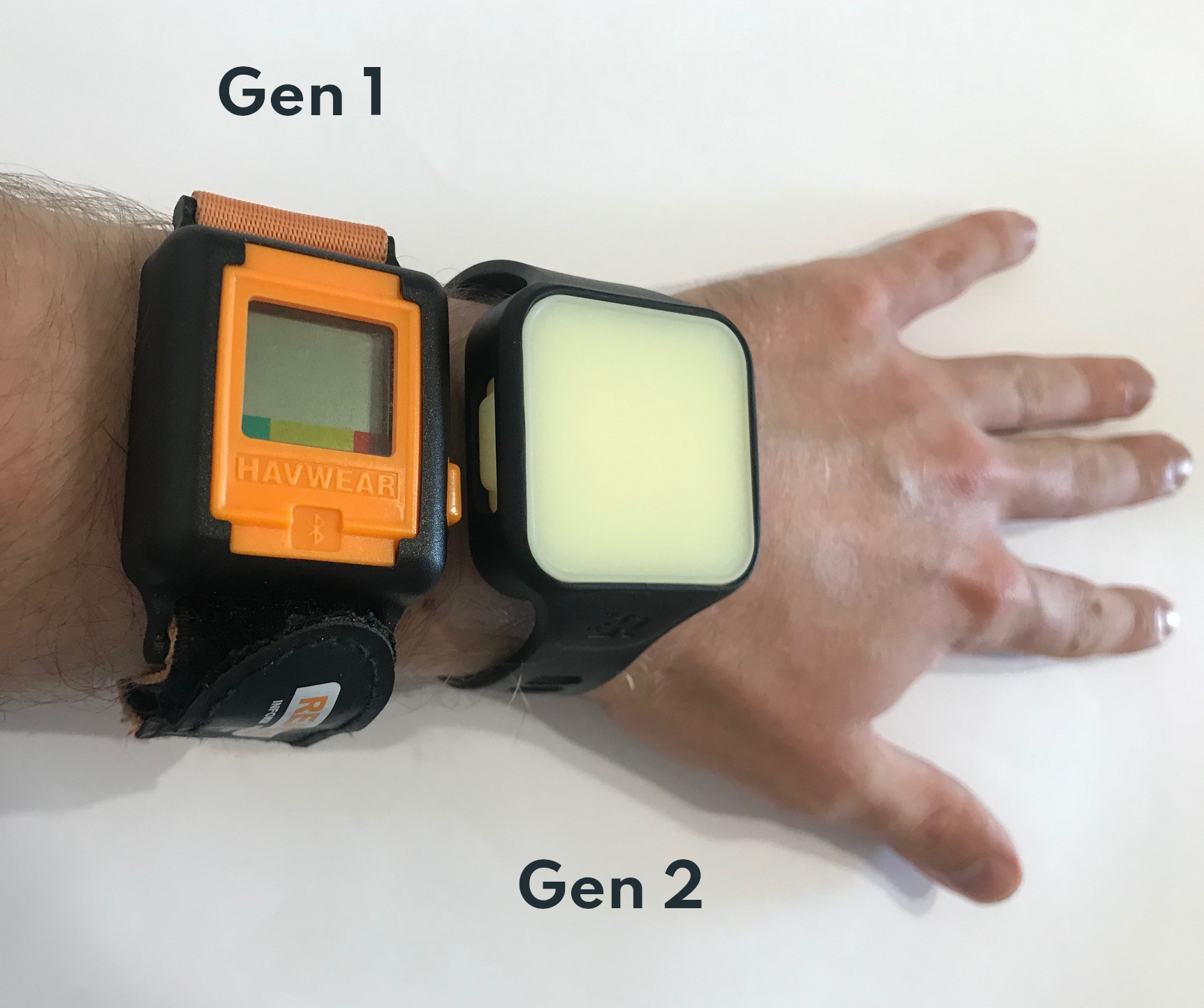
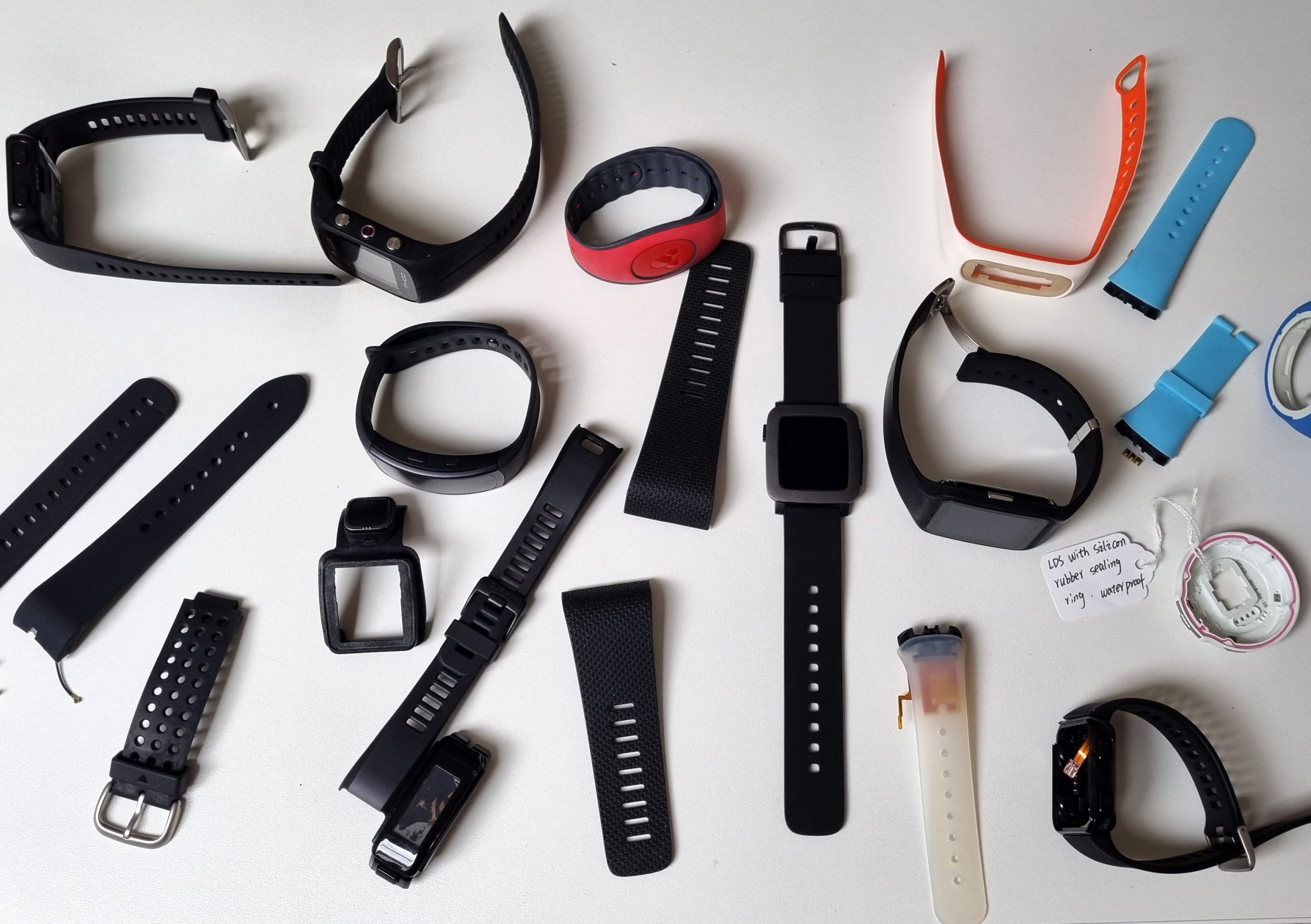
In addition to adding extra functionality of Ultra Wide Band for proximity detection, i4pd were tasked with improving the aesthetic, DFM and overall usability of both the wearable device and its separate charging dock. One key consideration is that the wearable itself had to allow for the “smart” module element to be removable from the strap to allow each user to have their own strap for hygiene reasons, whilst allowing the modules to be used by multiple users throughout the day.
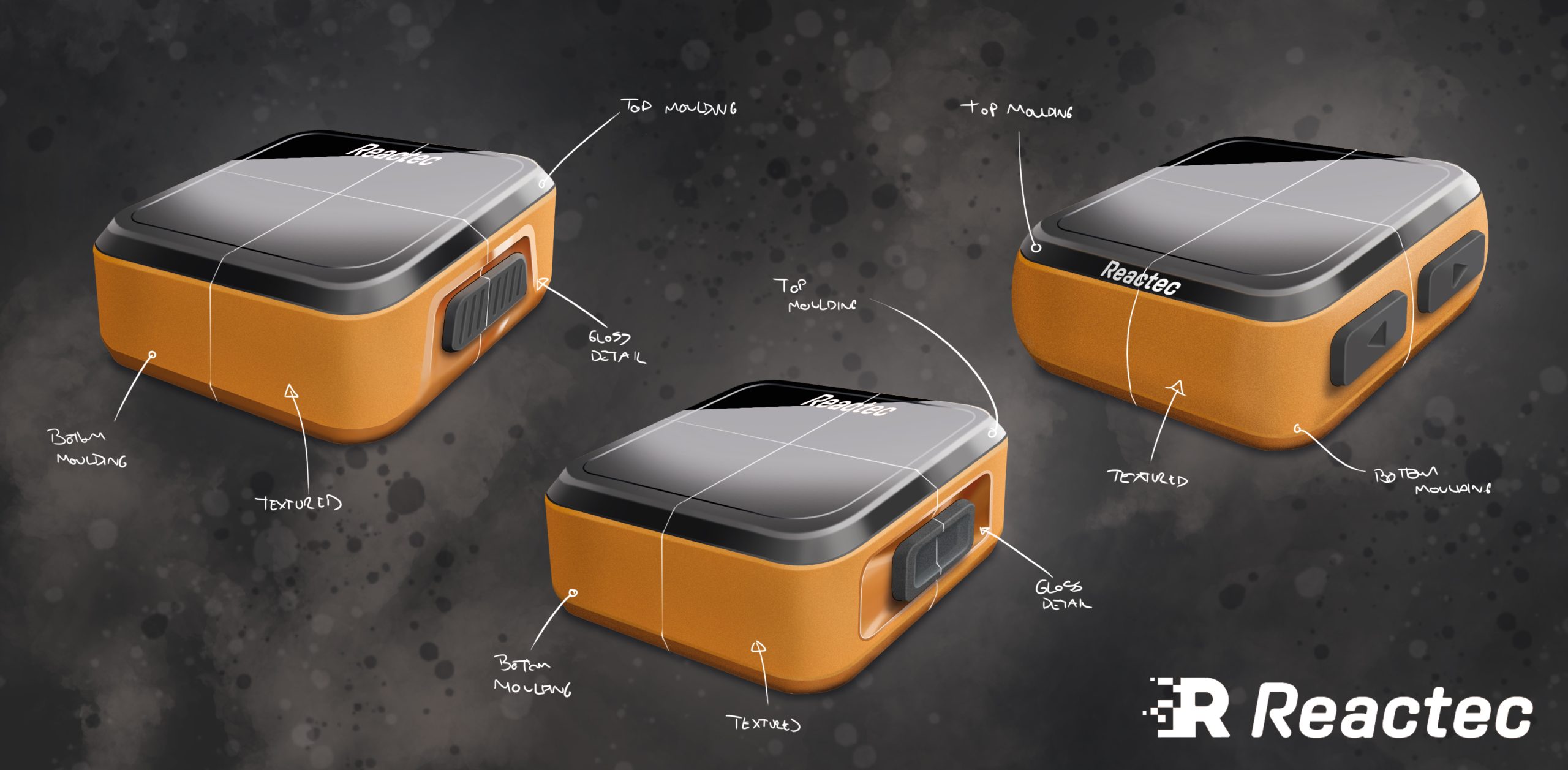
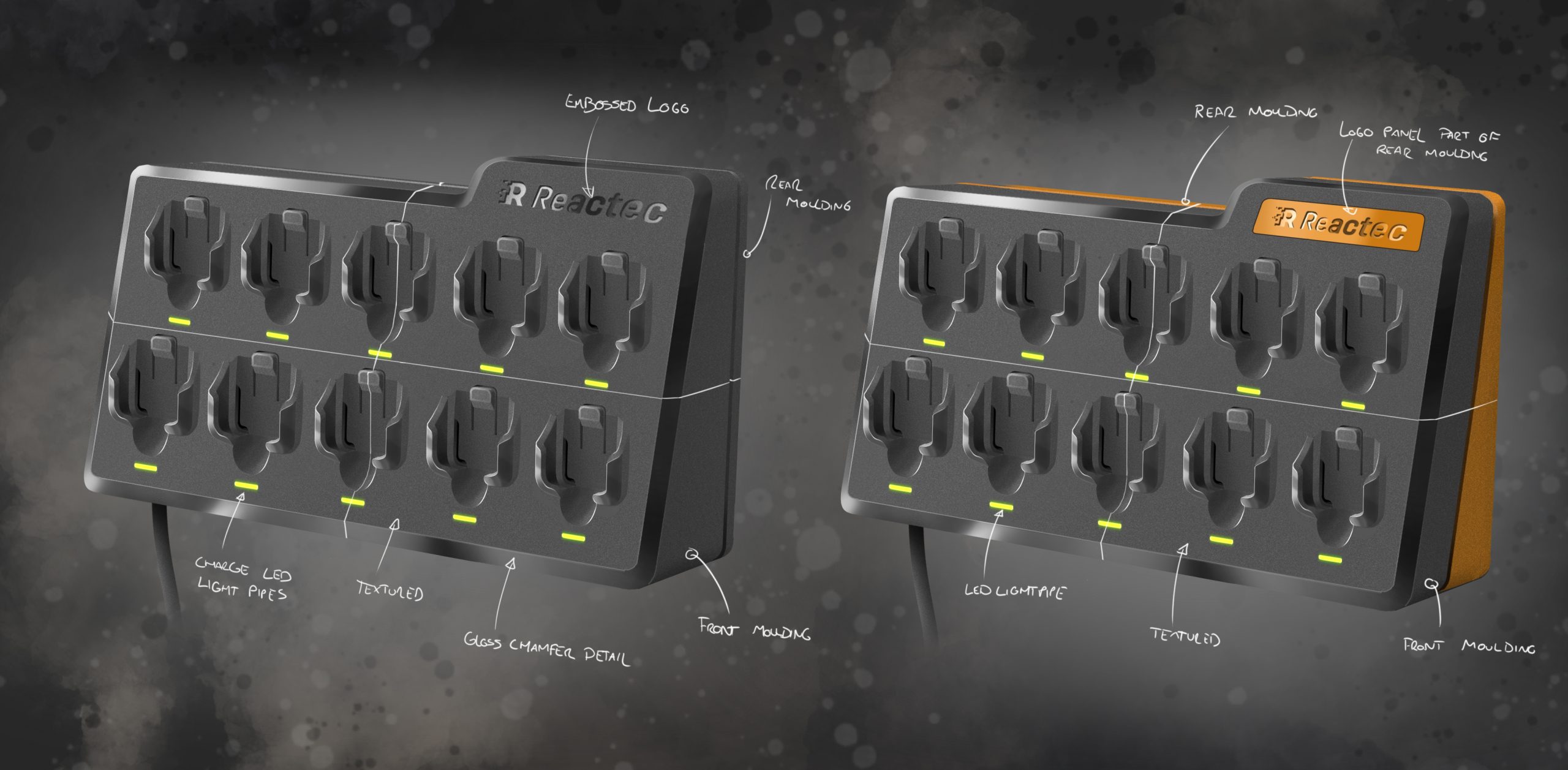
Our experience in designing electronics for wearables meant we started with 2 stages to de-risk the hardware design as early as possible:

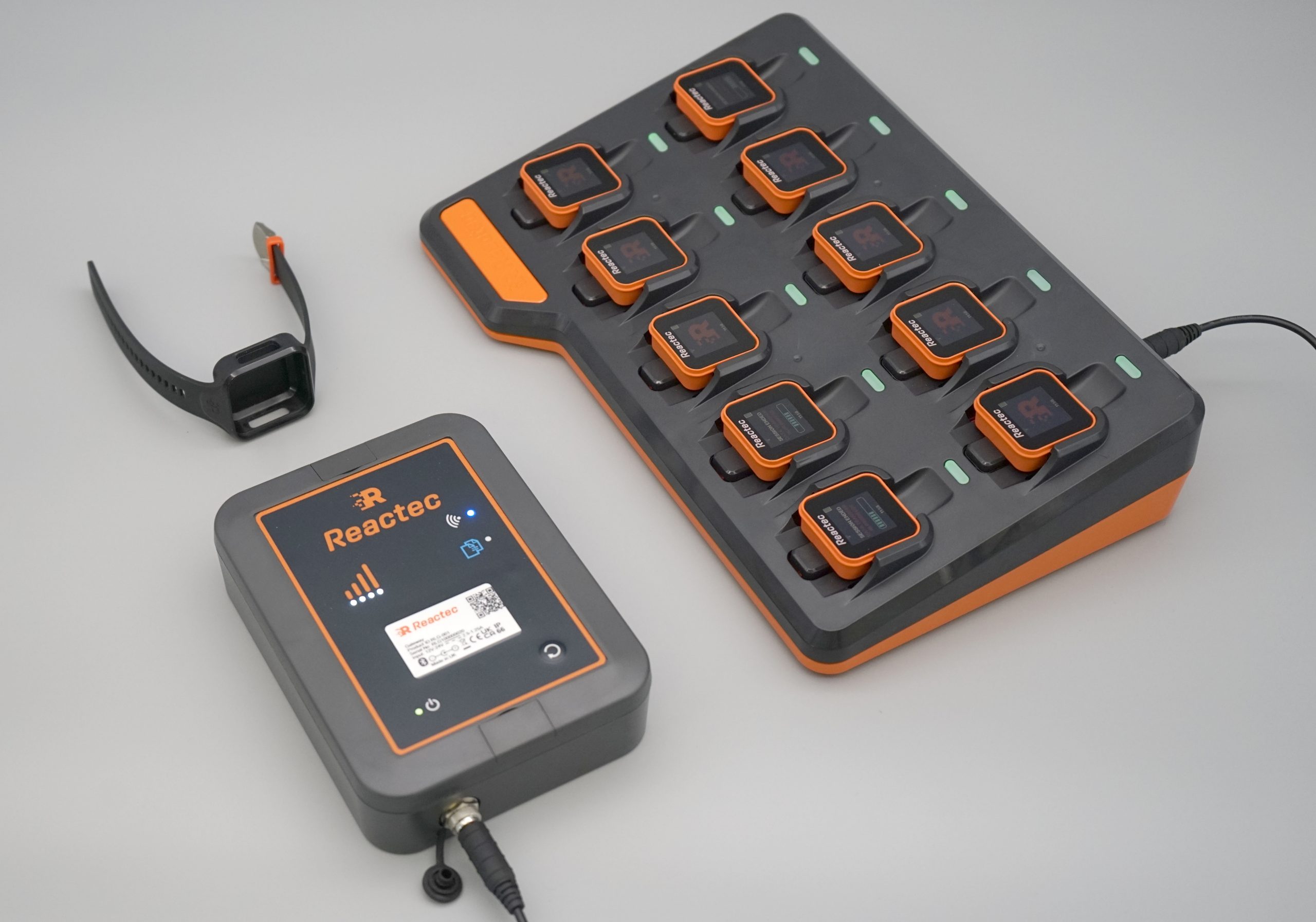
Reactec's internal development team provided the initial detailed design specification for all parts of the system. The team participated in regular design reviews and supported the testing of the i4 Product Design team's output for the wearable device and charging station. In the background the Reactec team were busily building the embedded software to run on the wearable as well as the electronics for the beacons and other parts of the R-Link system.
The final product bridges the gap between consumer product aesthetic and industrial product level functionality. With a wearable that would not look out of place in the consumer watch market and a cleverly engineered docking station. On the technical side, the wearable now includes a good number of state of the art electronics components in a very compact, high density PCB assembly design. The compact stacking of battery, PCB, antennas and display were made possible thanks to i4pd’s electronic engineering team working closely with our industrial design team.
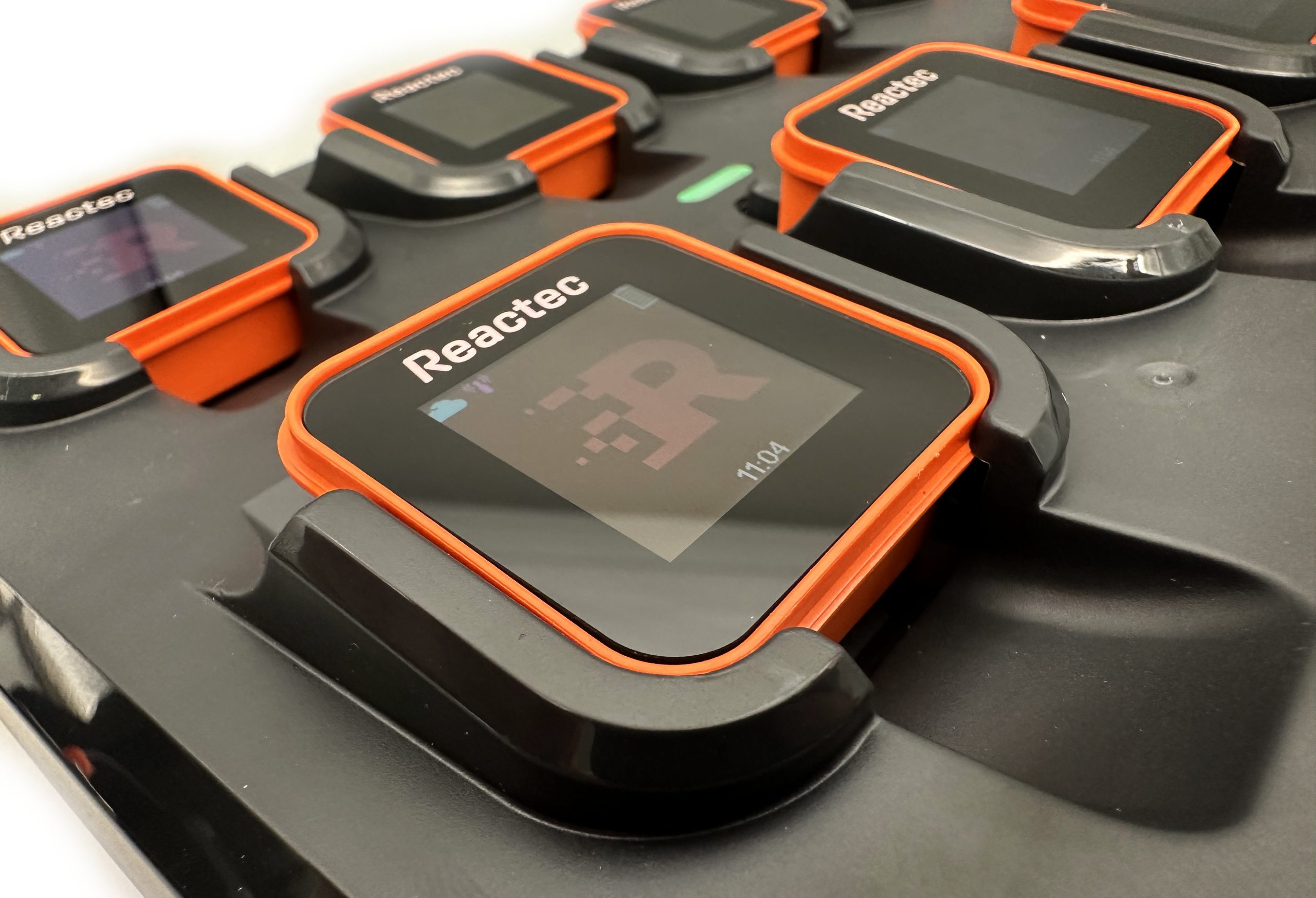
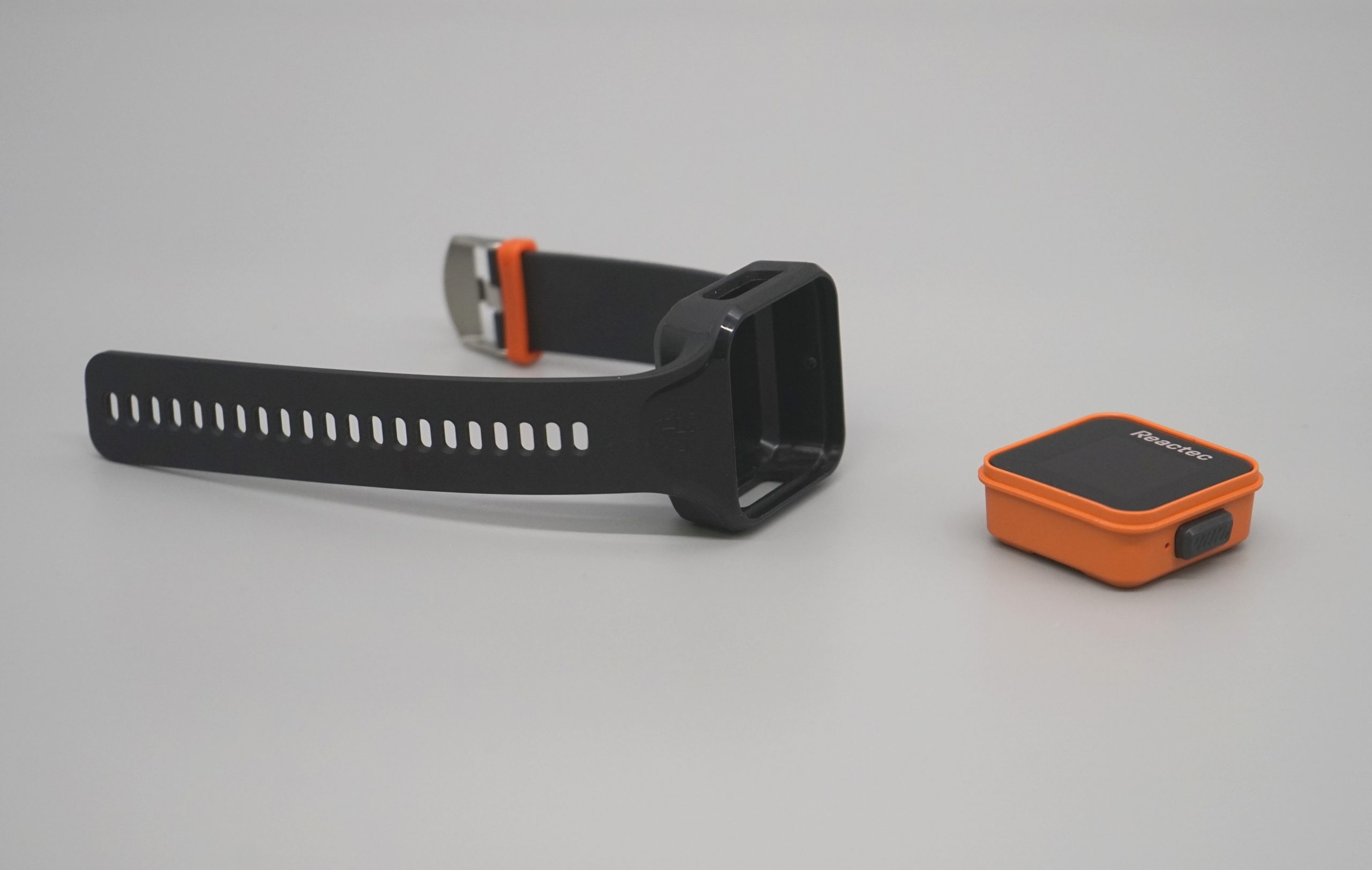
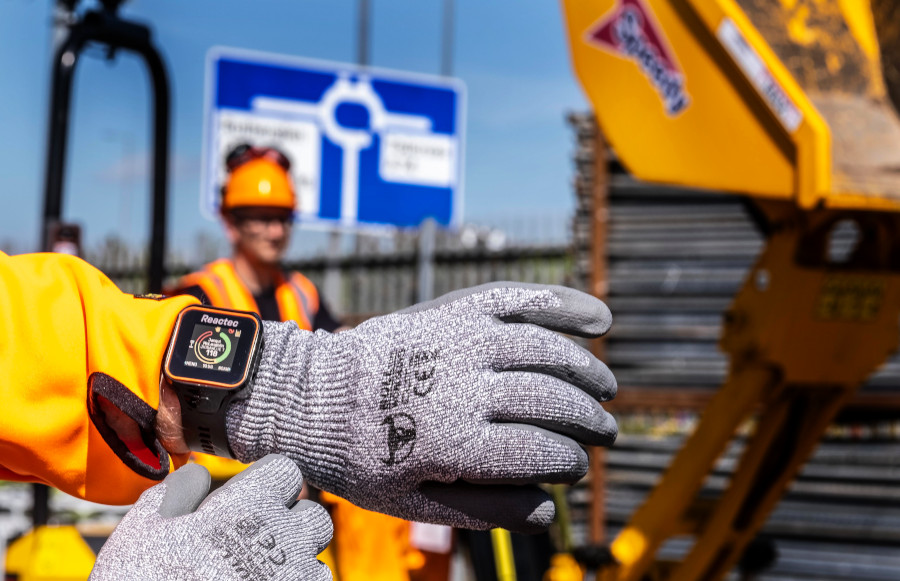
The release of this latest product is a sign of Reactec achieving their vision to help forward-thinking construction and manufacturing organisations switch from being mitigators of industrial workplace health risk to being preventers. The unifying ambition that drives their work is to actively protect workers health in smarter ways through the application of leading edge technology. The R-Link system brings together their collective understanding from electronics, software and data engineering to address exposure risks such as Hand Arm Vibration, dust, noise, proximity and lone working environments to produce that excels in form and function.
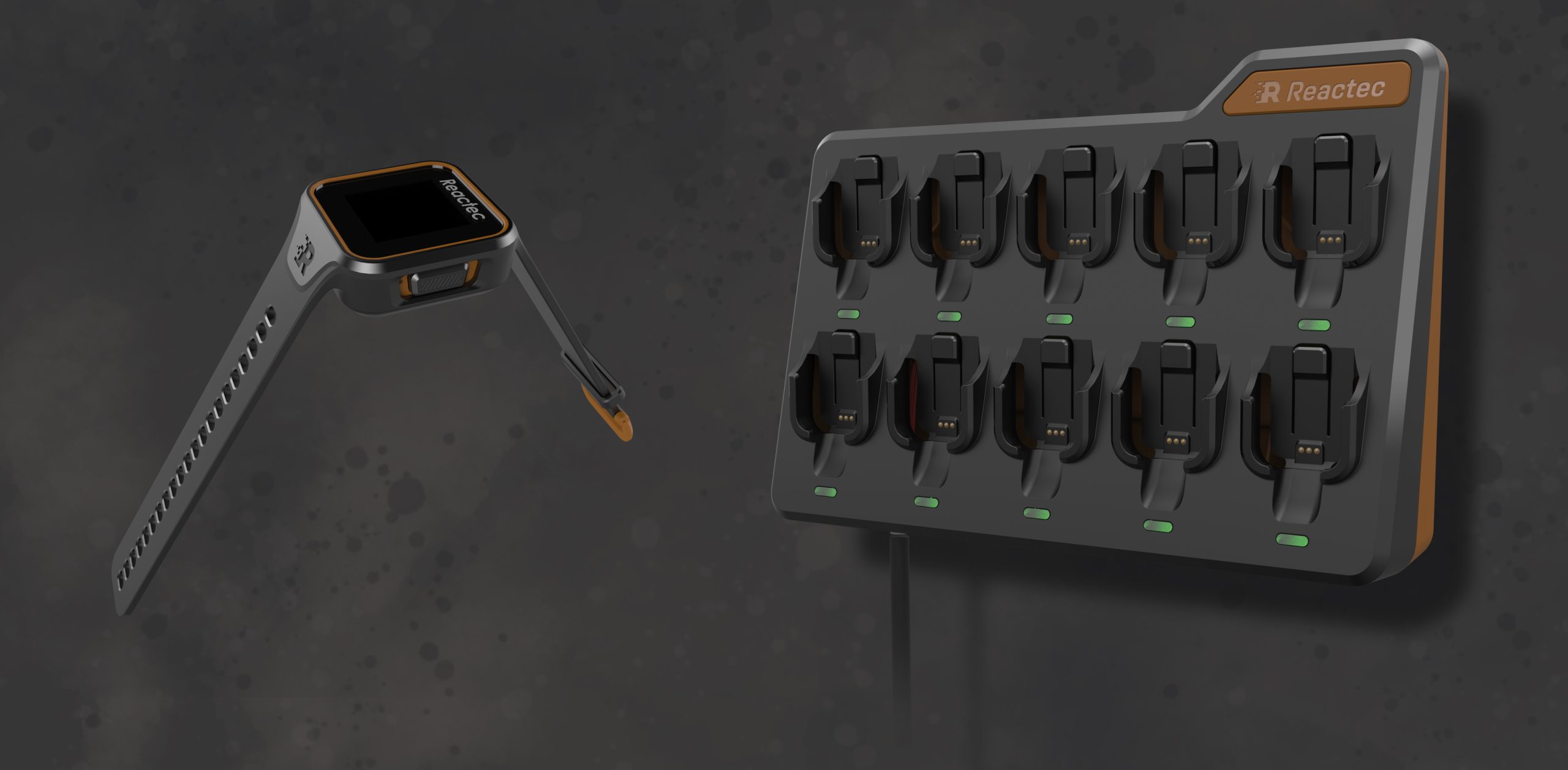
We like to find new, better and efficient ways of doing things. Contact us to discover how i4 Product Design can solve your current design challenge and take your product to the next level.
Copyright © 2024 i4 Product Design Ltd. All rights reserved. | Privacy Policy